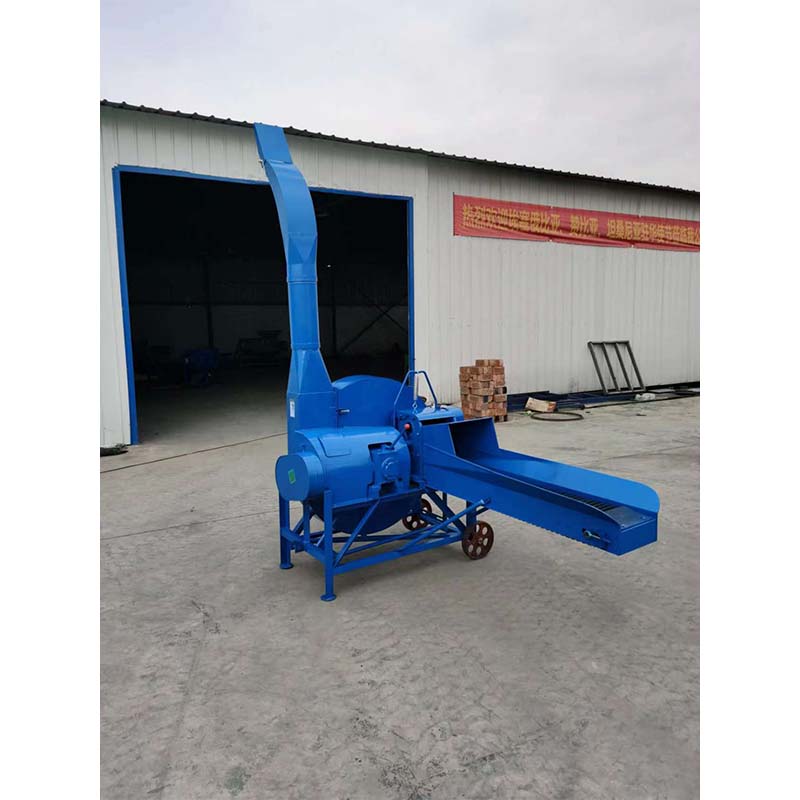feed pelleting machine
ធ្នូ . 12, 2024 01:26 Back to list
feed pelleting machine
The Significance of Feed Pelleting Machines in Modern Animal Husbandry
In the realm of modern animal husbandry, the significance of feed pelleting machines cannot be overstated. These machines play a crucial role in the production of animal feed, offering numerous benefits that enhance both the nutritional value of the feed and the efficiency of livestock operations. This article explores the intricacies and advantages of feed pelleting machines, shedding light on why they are indispensable in today's agricultural landscape.
What is a Feed Pelleting Machine?
A feed pelleting machine is a specialized piece of equipment designed to compress and mold raw feed ingredients into pellets. The process typically involves grinding the raw materials into a fine powder, mixing them with additives, and then subjecting this mixture to high temperatures and pressures. The end result is uniform pellets that are easier to handle, store, and feed to animals.
Benefits of Feed Pelleting
1. Nutritional Improvement One of the primary advantages of pelleted feed is the enhancement of nutritional value. When raw ingredients are processed into pellets, the heat generated during pelleting can kill harmful pathogens and improve digestibility. This means that livestock can absorb nutrients more efficiently, contributing to better growth rates and overall health.
2. Reduced Feed Waste Feed pelleting machines contribute to reducing feed waste significantly. Pellets are less likely to be wasted compared to loose feed as they are easier for animals to consume. The uniform size and density of pellets ensure that each animal receives the right amount of feed, thereby minimizing spillage and wastage.
3. Improved Feed Storage Pelleted feed has a longer shelf life compared to loose grains. The reduction in moisture content during the pelleting process helps to prevent spoilage and infestations by pests, enabling farmers to store it for extended periods without compromising its quality. This can be particularly advantageous during seasons when feed resources are limited.
feed pelleting machine

4. Enhanced Feed Handling The compact nature of pellets makes them easier to handle and transport. Livestock farmers benefit from reduced labor costs and increased efficiency when feeding their animals. Additionally, feeding systems can be designed to automatically dispense pelleted feed, streamlining operations and saving time.
5. Customization and Formulation Feed pelleting machines allow for the easy formulation of specialized diets tailored to the unique nutritional needs of different livestock species. By adjusting the ingredients and processes, farmers can create custom feeds that cater to specific growth stages, health requirements, or production goals.
Choosing the Right Feed Pelleting Machine
When selecting a feed pelleting machine, several factors should be considered. The capacity of the machine is crucial; it should align with the scale of the farming operation. Additionally, the quality of the machine’s components, particularly the die and roller design, plays a significant role in determining the efficiency and durability of the equipment.
Another important consideration is the ease of maintenance. A machine that is easy to clean and service can reduce downtime and maintenance costs, ensuring uninterrupted feed production. Furthermore, advanced features such as variable speed drives and automated controls can enhance productivity and precision in the pelleting process.
Conclusion
In conclusion, the role of feed pelleting machines in modern animal husbandry is pivotal. They not only enhance the nutritional quality of feed but also improve feed efficiency, reduce waste, and simplify handling. As the demand for high-quality animal protein continues to rise globally, the adoption of pelleting technology becomes increasingly crucial. For farmers seeking to optimize their livestock production, investing in a reliable feed pelleting machine is a step towards achieving sustainable and profitable agricultural practices. With advancements in technology, these machines are set to continue evolving, further revolutionizing the feed industry and contributing to the overall health and productivity of livestock worldwide.
-
High Performance Exhaust Fan – Efficient Ventilation Solutions for Home
NewsJun.10,2025
-
High-Quality Gestation Pen for Sows Durable Mobile Pig Pen & Simple Pig Pen Solutions
NewsJun.10,2025
-
High Quality Rabbit Cage Double Tier Designs & Welded Wire Mesh Supplier
NewsJun.10,2025
-
Floating Fish Feed Machine - High Efficiency Floating Fish Feed Extruder for Small Scale Production
NewsJun.10,2025
-
Premium Poultry Housing Solutions Mobile & Commercial Free Range Options
NewsJun.10,2025
-
Industrial FRP Fans Corrosion-Resistant Blades & Centrifugal Systems
NewsJun.09,2025






